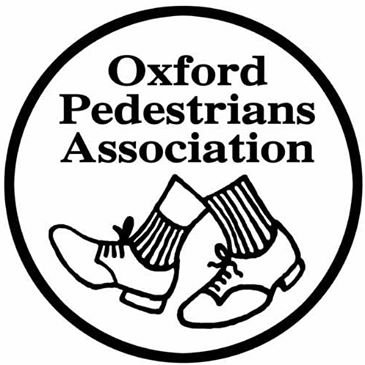Buses in Oxford
OxPA supports the policy aims and actions of the City and County Councils in getting people out of private cars and onto buses, for the following reasons:
Buses can take and keep people out of cars thus reducing congestion and air pollution in Oxford.
Buses run from very early to very late on major routes in the city.
Unlike other forms of motorised transport buses in Oxford have become as clean as possible and many are now electric hybrids.
Regular bus users can save money by buying day riders, or three-month or annual bus passes.
New voiceovers and visuals on most buses make it clear what the next stop is to be.
Most bus drivers are knowledgeable, courteous and kind.
Real-time information, where provided, is very helpful.
Most buses are accessible for most wheelchair users and people with prams and pushchairs.
Free wifi is available on some buses.
The launch of the new colour-coded buses is helpful.
However, if the Local Authorities are serious about encouraging people to make a modal switch from cars to buses, the following issues need to be addressed:
Guidance states that the distance between bus stops should be no more than 200-250m. From the bus stops in the north of the centre to the ones in the south is a walk of up to 600m, which presents a considerable obstacle to those who are mobility impaired, vulnerable or elderly, and to everyone if it is raining or the weather is cold, or windy. The County Council measured the distance to bus stops from the centre of Cornmarket, making it 400m, which is misleading, and is anyway almost twice the recommended maximum.
Bus shelters, benches and real-time information are not available at many bus stops. It is not obvious to visitors to Oxford where to get buses to the various hospitals, and buses to Littlemore Hospital are few and far between.
Floor clamps are needed for electric wheelchairs otherwise people with reduced upper body movement or strength cannot use the wheelchair spaces on buses.
There are places where long bus queues seriously inconvenience other users of pavements that are not wide enough, eg. St Aldates, Magdalen St West.
Coaches driving through Oxford city have become so big that they block junctions as they cannot turn easily, often damage pavements and kerbs in turning, intimidate cyclists and pedestrians, damage roads with their weight, take up too much of Oxford’s limited road space. They are also a barrier to vidwing Oxford’s beautiful cityscape.
Proposed solutions:
- Widen pavements where pavement space is compromised.
- Introduce an electric shuttle connecting all points of the city centre, if not through Cornmarket then around the city centre.
- Require all buses to install wheel clamps for electric wheelchairs.
- Expand real-time information to all bus stops.
- Install bus shelters and benches at all bus stops.
- Ensure that there is accessible information (in the form of a map) to show people destinations of buses and where to catch them, bearing in mind that many people do not have smart phones and will need the information in”hard copy” form.
- Increase buses travelling to Littlemore Hospital and the Headington hospitals.
- Wherever possible buses need to be given priority over general traffic.
- On-street parking needs to be taken out of High Street at the Carfax end, to ease bus flow.
- Long distance coaches should be re-routed out of the High Street at least in one direction, to make room for local buses and restore a better environment for cyclists and pedestrians.
- Contactless payment should be available in all buses in order to shorten bus loading times and to help buses run on time.
